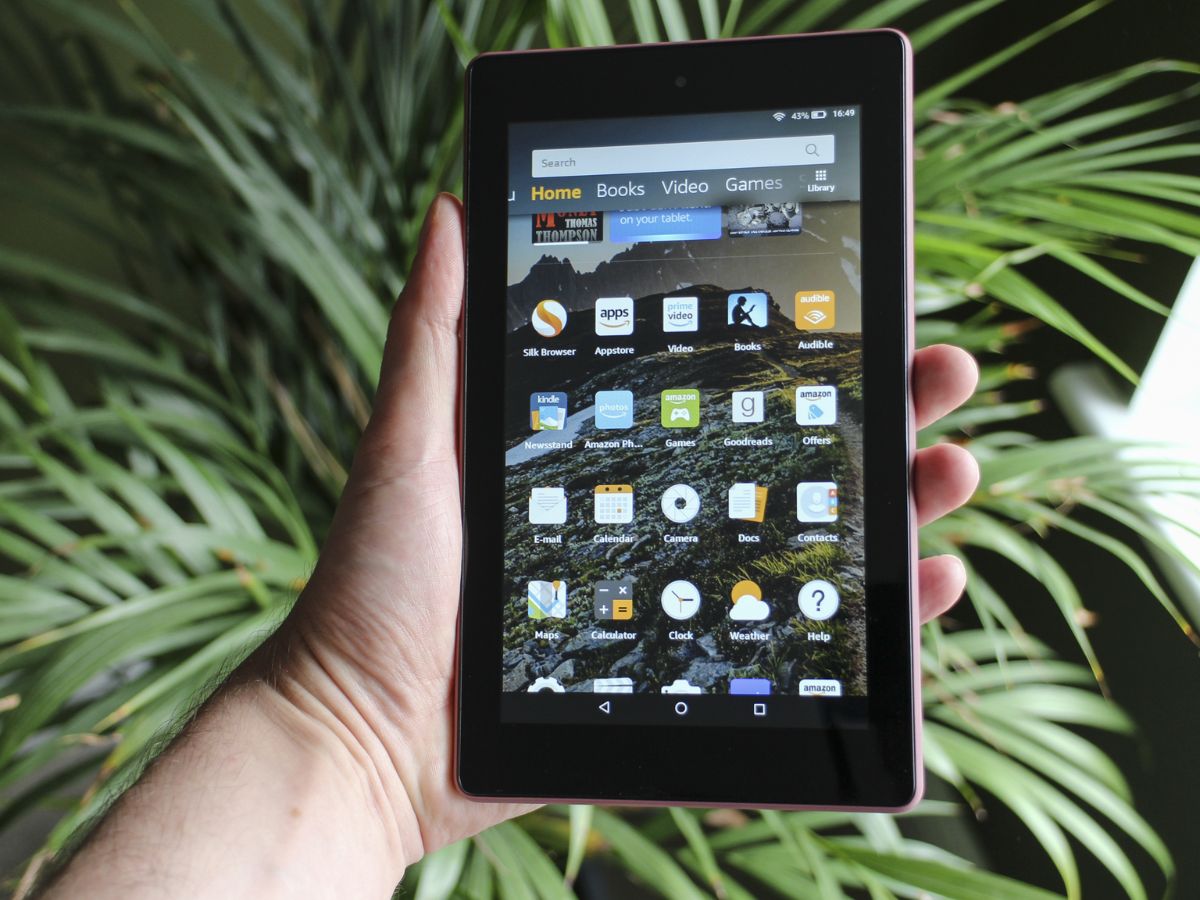
Source: Svipolylatur.org
Operating Systems: The First Point of Difference
Fire OS vs Android
- Fire OS: Designed for media consumption, providing easy access to Amazon's content library. User-friendly interface with features like the carousel layout. Lacks access to the Google Play Store and many third-party apps.
- Android: Offers a more open and customizable experience. Supports the Google Play Store, providing access to a vast array of apps and games. More versatile, suitable for various activities from work to entertainment.
Performance: A Key Differentiator
RAM and Storage
- Fire Tablets: Generally more budget-friendly but with lower performance. Example: Fire 7 with a MediaTek quad-core processor and 1 GB of RAM. Suitable for basic tasks like reading and watching videos.
- Android Tablets: Offer a wide range of performance options. High-end models like the Samsung Galaxy Tab S9 feature powerful Qualcomm processors and up to 16 GB of RAM, capable of handling demanding tasks.
Screen Size and Resolution
- Fire Tablets: Various sizes from 7 inches (Fire 7) to 11 inches (Fire Max 11). Typically lower resolutions, e.g., Fire HD 8 with a 1024×600 resolution.
- Android Tablets: Wider range of screen sizes and resolutions. Example: Samsung Galaxy Tab S9 with an 11-inch OLED display and 1600×2560 pixels resolution, providing a sharper and brighter experience.
App Store Availability
- Fire Tablets: Access to the Amazon Appstore but not the Google Play Store. Limited availability of popular apps.
- Android Tablets: Access to the Google Play Store, offering a vast array of apps and games, making them more versatile.
Parental Controls
- Fire Tablets: Extensive parental controls, allowing parents to monitor activity, set time limits, and restrict access to certain apps and content. Excellent choice for families.
- Android Tablets: Standard parental controls, but not as extensive as those offered by Amazon.
Integration with Ecosystems
- Fire Tablets: Deep integration with Amazon's ecosystem, offering seamless access to Amazon's content library and services like Alexa.
- Android Tablets: Integrated with Google's ecosystem, providing access to Google Assistant, Google Drive, and other Google services. Convenient for users accustomed to the Google ecosystem.
Budget-Friendly Options
- Fire Tablets: Most affordable option, with prices starting around $50 for the Fire 7. Attractive choice for those wanting a basic tablet without breaking the bank.
- Android Tablets: Budget-friendly options available but generally more expensive than Fire tablets. Example: onn. 11 Tablet Pro from Walmart costs around $159, offering a more pure Android experience with better performance and more storage options.
Recommendations
For Media Consumption
- Fire HD 8 or Fire Max 11: Ideal for reading, watching videos, and browsing the web. User-friendly interface and seamless integration with Amazon's content library.
For General Use
- Samsung Galaxy Tab S9: Stunning OLED display, powerful performance, and access to the Google Play Store. Suitable for a wide range of activities including work, school, and entertainment.
For Budget-Friendly Options
- onn. 11 Tablet Pro: Offers a more pure Android experience with better performance and more storage options at an affordable price.
Understanding these differences can help you make an informed decision based on your specific needs and preferences. Whether seeking a budget-friendly option for media consumption or a high-performance device capable of handling demanding tasks, there is a tablet that suits your requirements.
